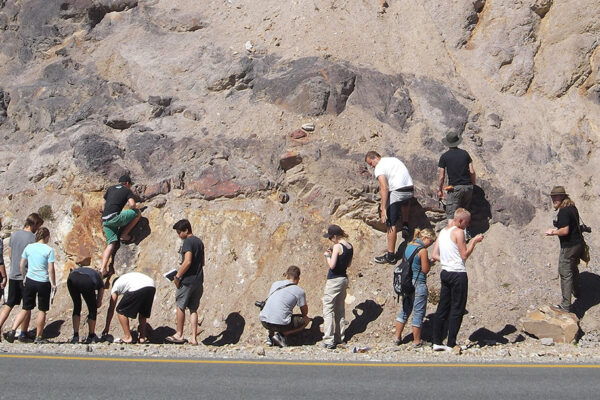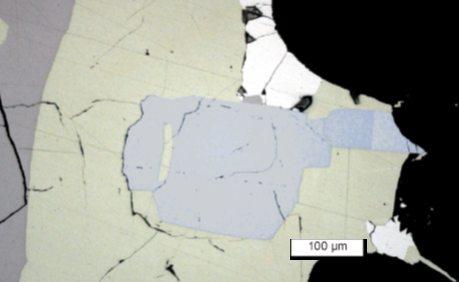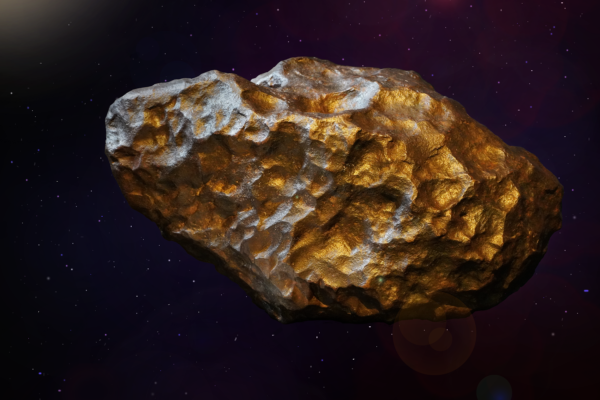Research
At the Mineralogical State Collection in Munich, research is carried out on various topics. The main research focuses on rocks and minerals of the Earth’s mantle (ophiolites, mantle xenoliths), meteorites, biomineralization and raw materials. There are various cooperation projects within the Ludwig-Maximilians-Universität, but also with many national and international scientists. The collection is therefore an ideal archive for scientific investigations, so that work is carried out directly with the collection. In addition, the research activity of the team ensures that the collection is constantly being expanded. Students are also involved in the research projects, so that bachelor and master theses are written on these topics. In addition, doctoral candidates and other scientists work on research projects at the Mineralogical State Collection. The main research areas can also be found directly in the permanent and special exhibitions.
Rocks of the Earth’s mantle
There are two main sources for obtaining rock samples from the Earth’s mantle: ophiolites and mantle xenoliths. Ophiolites reflect former ocean floors that were pushed onto the continental crust by geological processes. Mantle xenoliths are associated with volcanic eruptions in basaltic rocks. The team from the Mineralogical State Collection examines these mantle rocks, to find out something about the formation conditions. Ophiolites are also of particular interest for raw material research (e.g. platinum-group elements, chromium ores).
Meteorites
The investigation of meteorites, especially those originating from Mars and the Moon, is of particular importance at the State Mineralogical Collection. Their investigation allows conclusions to be drawn about our neighboring planet and its formation, but also about the early development of the Earth and our planetary system. The working group of the Mineralogical State Collection is also one of the few groups in the world that received material from the asteroid Itokawa from the Japanese space agency for study.
Raw materials and ores
Many minerals are needed for everyday uses. Therefore, these topics are also widely spread in the media (e.g. critical raw materials, conflict minerals). The scientific investigation of raw materials and ores is therefore also relevant for business and industry. The team from the Mineralogical State Collection is particularly investigating deposits associated with nickel, copper, cobalt, chromium and platinum-group elements.
Biomineralization
Mineralized tissues such as bones, shells or teeth not only play an important role in biology and medicine, they are also the material carriers of the development of life on Earth and its environmental conditions. This possibility of “reconstructing the past” by examining material objects such as bones is also important in relation to anthropological, archaeological and forensic questions. Recently, biomaterials have also been used as prototypes for the development of new, energy-efficient and environmentally friendly lightweight materials. This line of work is a branch of biomimetics.
Phosphate Minerals
An important focus of the research of the Mineralogical State Collection is the investigation of phosphate minerals. The Mineralogical State Collection owns with the extensive Keck collection, numerous minerals collected and left by Prof. Hugo Strunz, probably the most extensive collection of phosphate minerals from Hagendorf in the Oberpfalz. Thus, a special focus of the scientific investigations of phosphate minerals is the Hagendorf deposit. However, research is also being conducted on other deposits worldwide.
Materials research
For the field of materials research, the provision of natural mineral samples and their crystal-chemical analysis is now of great importance. The focus of the Mineralogical State Collection in this area is on phosphates, which are used in technology as cathode material for lithium-ion batteries (e.g. triphyline) or as storage minerals (alunite supergroup). Raman spectroscopy is becoming more and more important as an (almost) non-destructive examination method in mineralogy and materials research. The Raman spectrometer of the Mineralogical State Collection is used both for our own research, e.g. on meteorites, compounds of the sodalite group, tourmalines or phosphate minerals, and as a service for research at the Ludwig-Maximilians-University and for national and international cooperaitons.
Science history
The history of the collection itself is also being worked on. A special focus here is on the Leuchtenberg Collection. Digitization of collection objects and accompanying materials play a very important role in archiving these unique historical items and exchanging them with colleagues worldwide.




